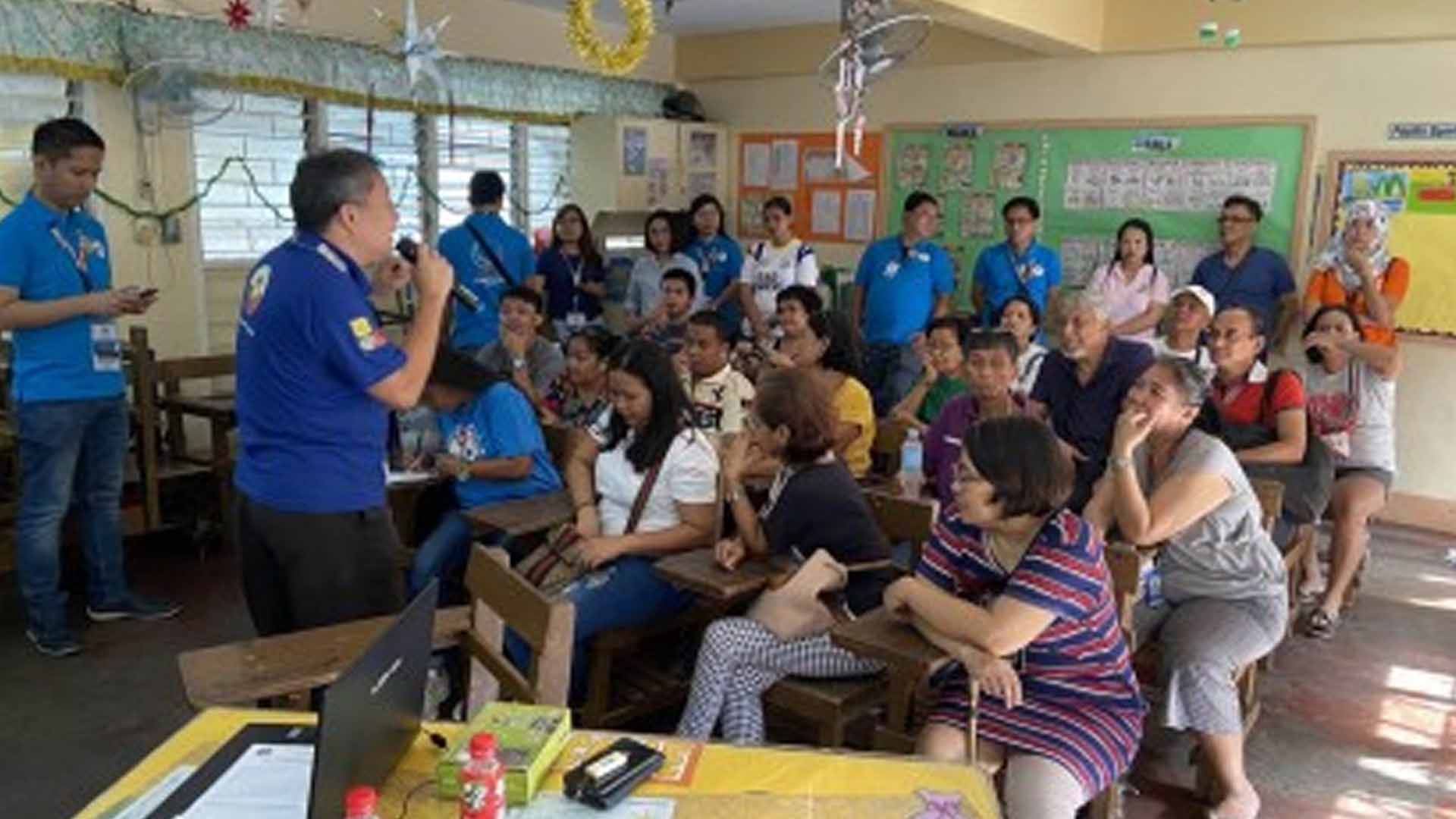The Commission on Elections (Comelec) held a voting simulation for Persons with Disability (PWDs) in Quezon City.
Comelec spokesperson James Jimenez said the activity shows the poll body’s efforts to give importance to PWDs.
“First voting simulation for PWD but this is not the first time that we made such effort for them. If you remember, in 2016, we introduced the Emergency Accessible Polling Places (EAPPs),” Jimenez said in an interview on the sidelines of the activity held at the Toro Hills Elementary School in Quezon City.
“We are doing this now as we would like to improve the experience we saw in 2016. (Our EAPP was very successful), it cut the problem particularly inaccessibility but of course, there is still room for improvement which is what is all about. Its like data gathering,” he added.
Jimenez said some 200 PWDs attended the activity.
There are over 500,000 registered voters who are members of the marginalized sector.
Meanwhile, Jovencio Balanquit, Comelec Assistant Regional Election Director in the National Capital Region, said the voter simulation is being conducted to know the pulse of PWDs on how they further improve their voting experience.
“So we need them after all this is for them the output would be whatever suggestions, their comments, or recommendations in the voting procedure that they will experience. It would be probably be considered by the Commission in the next elections. In future elections. Kaya maganda ito kasi (This is good because) this part of Comelec’s involvement or participation in 2019 International Celebration for PWDs,” he said in an interview.
Asked on why the school was chosen to hold the event, the poll body official said, “This is where we held our pilot before and since we want an actual simulation, we want the real voting center.”
Balanquit added that they chose to conduct the activity at Barangay Bahay Toro as this is the biggest village in the first district of Quezon City.
As part of the evaluation assessment, he said they also gave out forms where basic questions such as: ‘Is the voting center accessible to you?’ and ‘Is the voting center responsive to your needs among others?’, were asked.
“We will consolidate the data then we will make the recommendations to finalize the report to the Committee for PWDs,” he added.
During elections, PWDs have two options — to either vote in the precinct where there are registered voters or to avail of the EAPP. (PNA)







